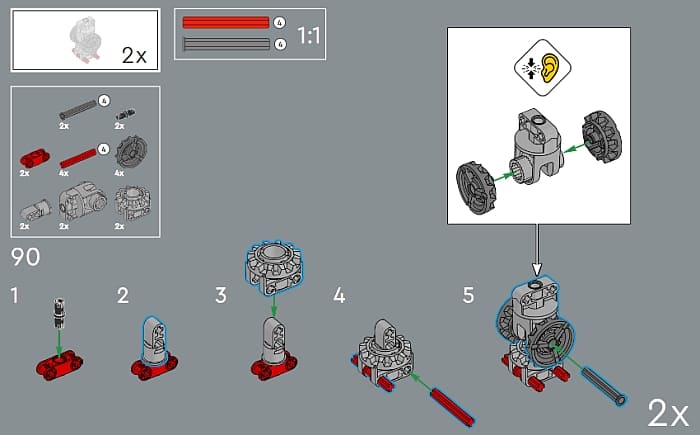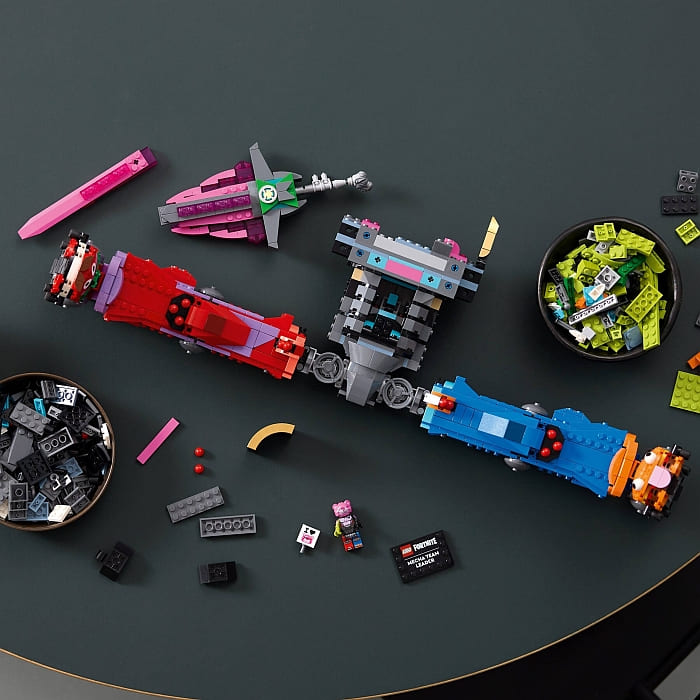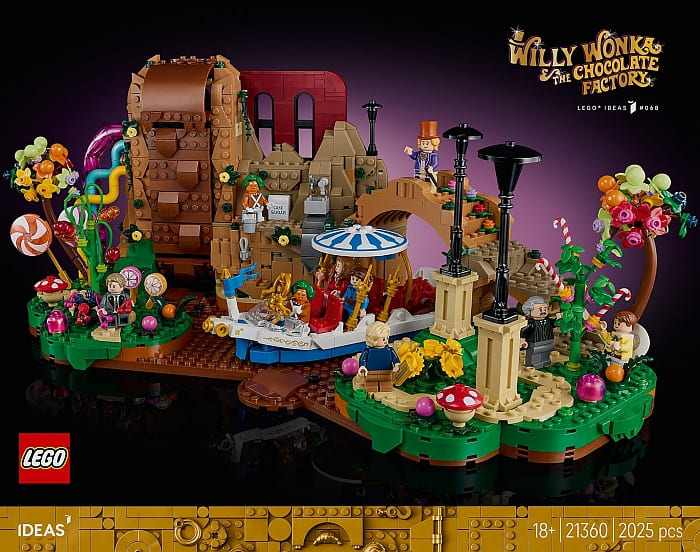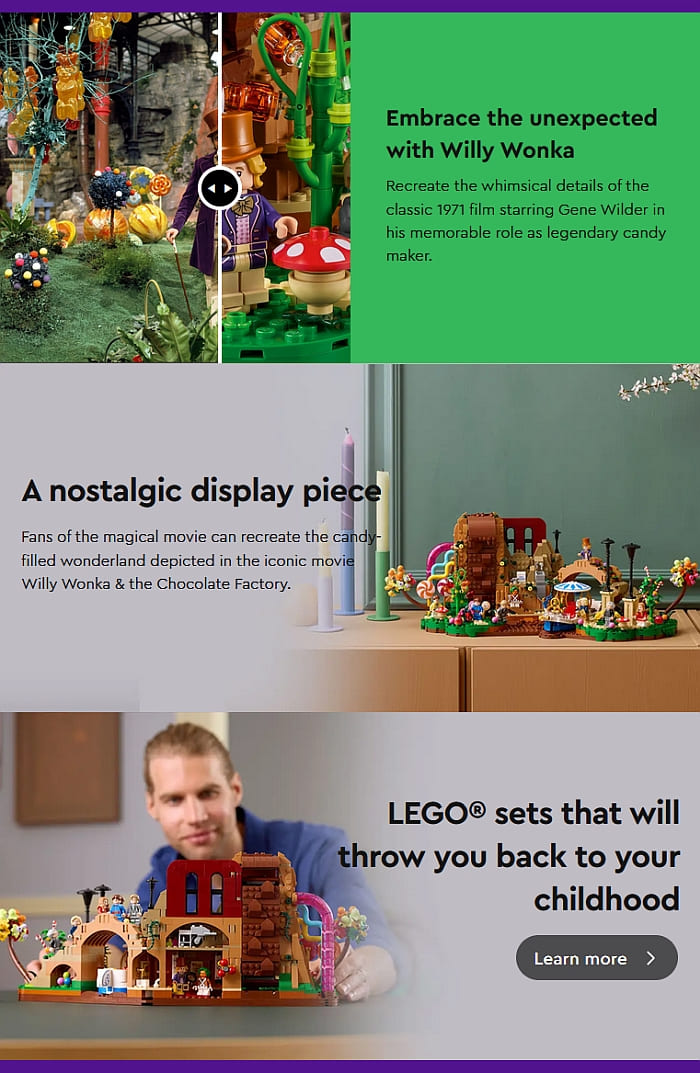At 17.5 inches tall, the #77078 LEGO Fortnite Mecha Team Leader is one of the tallest mechs LEGO has ever released. The set comes with 2,503 pieces and one minifigure, and towers over all other mechs from LEGO Fortnite, LEGO Transformers, LEGO Ninjago, and more. It is only surpassed by the 20.5-inch-tall #76210 LEGO Marvel Super Heroes Hulkbuster released back in 2022.

A significant part of Fortnite history, the mech holds sentimental value for those who witnessed its heroic moment and the build-up that preceded it. Mecha Team Leader blends futuristic, battle-ready features with the playful charm of a bear mascot, channeling the aesthetics of classic mecha anime. Constructed at the Pressure Plant during Season 9, this legendary mech combines Durr Burger, Beef Boss, Duddle Team Leader, and more into one vibrant super guardian.

A nice tie-in with the game is the digital bonus items that you get with this set: Mecha Team Leader and Mecha Team Shadow Outfits, redeemable in the LEGO Fortnite and Fortnite games.

The mech also features the Sword of Singularity, a distinctive build with pink and translucent-pink pieces that fits comfortably in the mech’s hand. Another side build is the small minifig display stand with a printed plaque. And the highlight, of course, is the minifig version of the Mecha Team Leader with highly detailed printing, which can be placed in the driving seat in the mech’s chest cockpit.

Large mechs heavily rely on the stability of their joints, and LEGO has been releasing larger, better, and more reliable joint assemblies just to accommodate massive mech building. This set (as well as the #76968 LEGO Jurassic World Dinosaur Fossils: Tyrannosaurus Rex – also released this year) include several brand new joint pieces; the LEGO Technic Large Rotation Joint Socket with Pin Hole and 2 Axle Holes, the LEGO Technic Large Rotation Joint Pin with Axle Hole, and the LEGO Technic 12-Tooth Bevel with Clutch and Large Rotation Joint Pin. These three pieces together form an incredibly robust assembly to form the hip and arm joints of the mech.


The other issue with mechs of this size is stability. Because they have a humanoid form, they are very tall but stand on a small footprint. They tend to be top-heavy and hard to pose. Unfortunately, because of these issues, LEGO designers have to keep posability to a minimum. The hips, arms, and feet can rotate a bit, and the fingers can move, but other than that, the mech is pretty much locked into a straight standing position. LEGO fans often find this frustrating, as such large mechs are only usable for display without much playability. In the video below, you can see the set in more detail and also next to other LEGO mechs for size comparison.
In summary, I would say that the color-scheme, detailing (especially the head), and the minifig are great. And the new joint assembly is something worth studying. On the other hand, while the large size sounds impressive, handling such a massive mech is awkward and more bothersome than fun. This also goes for the building experience. It takes too long to put together, only to end up with a model that can’t do much. But it sure looks good on display! So it really depends on what you’re after. If you want to check it out, it’s available at the LEGO Fortnite section of the Online LEGO Shop.


What do you think? Do you play Fortnite? How do you like the LEGO Fortnite sets released so far? And what do you think of the LEGO Fortnite Mecha Team Leader? Feel free to share your thoughts and own reviews in the comment section below!
And you might also like to check out the following related posts:



















